A natural chemical tether helps researchers attach cells to inert biomaterials for better cell models and therapies.
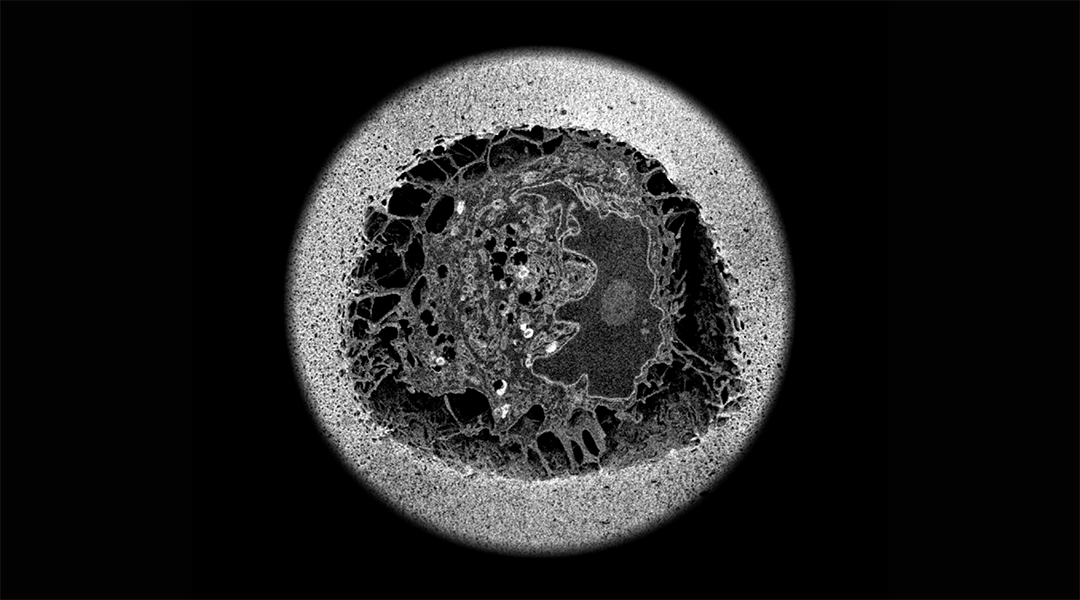

A natural chemical tether helps researchers attach cells to inert biomaterials for better cell models and therapies.
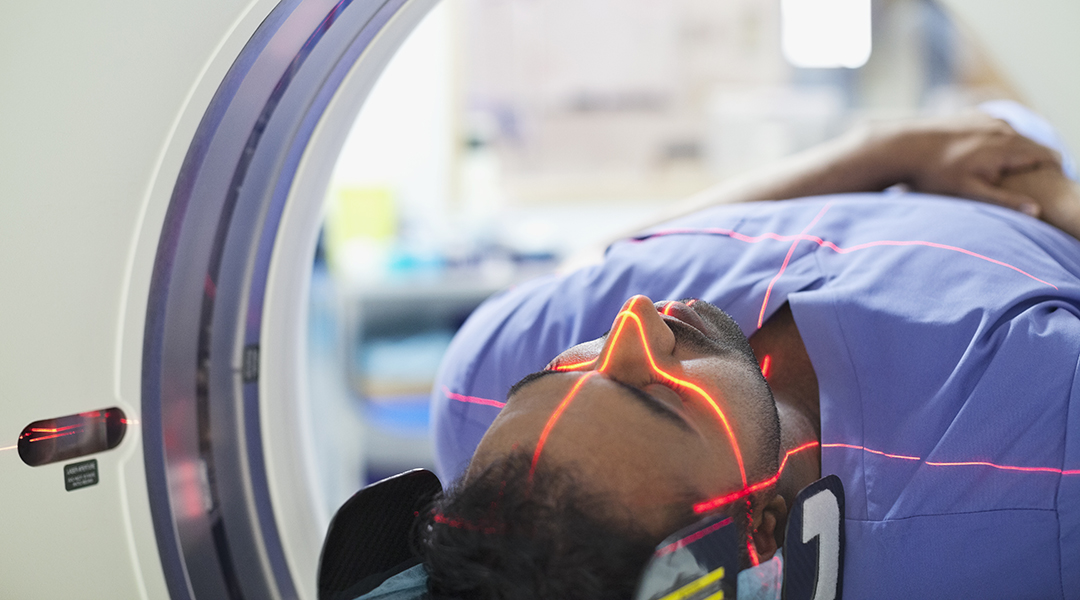
While stem cell therapies have been touted as “miracle cures”, data indicates that there are still hurdles keeping them out of the clinic.
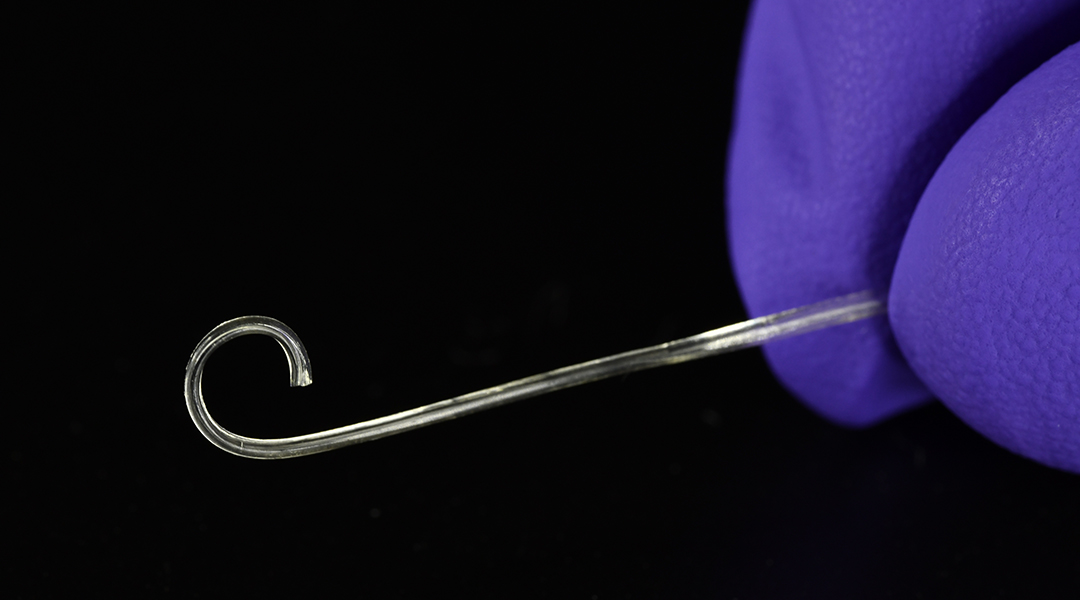
A shape-shifting polymer allows scientists to create a safer implantable device that results in less trauma upon insertion.
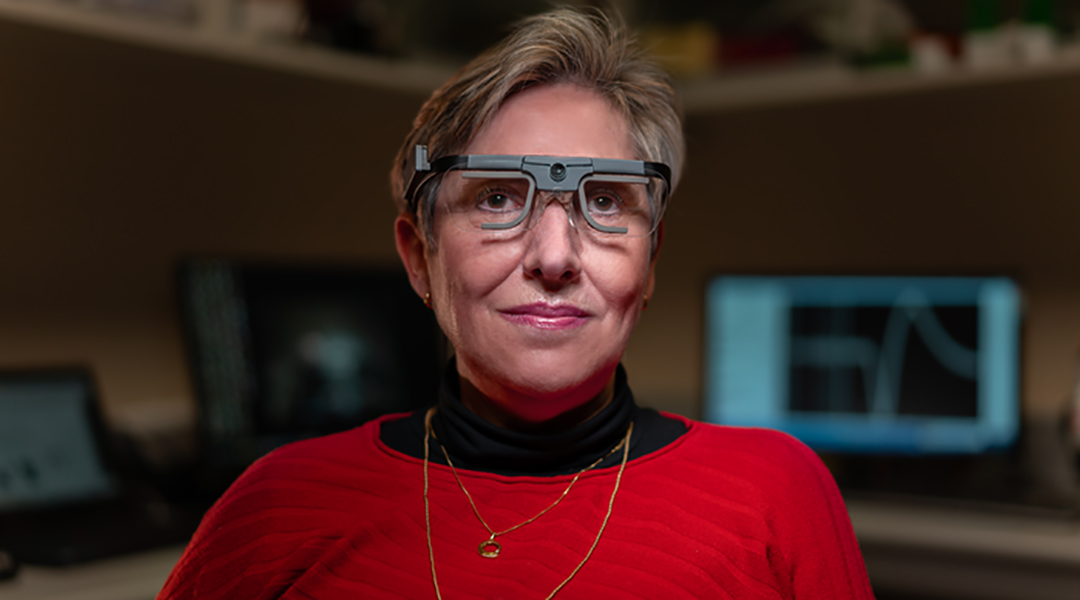
A microelectrode array no bigger than a penny gives hope to restoring sight in blind people.
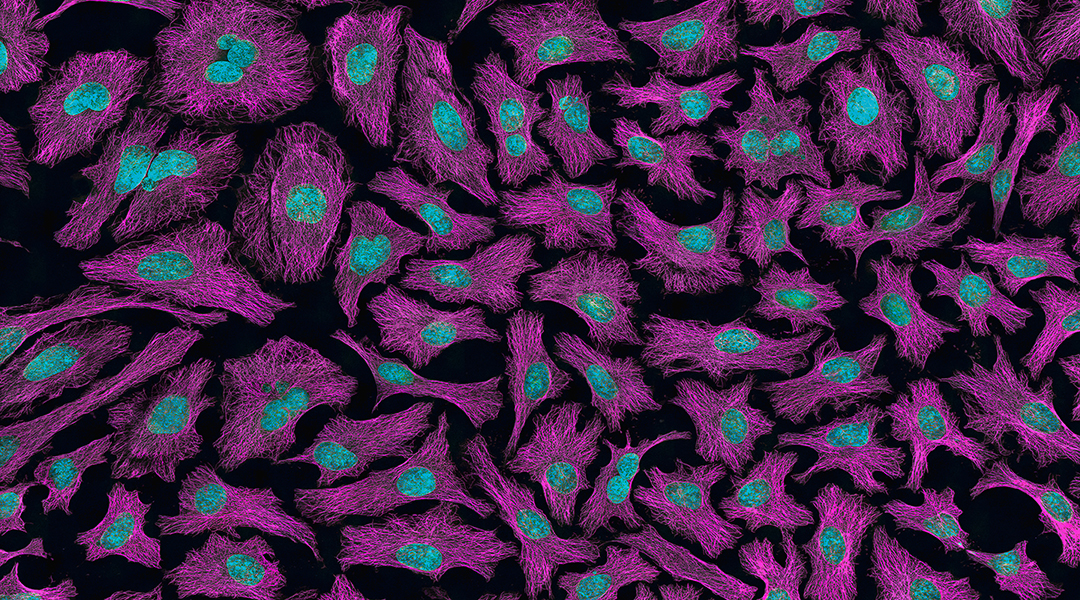
DNA robots built to transverse fluidic cell membranes and control cell function for future regenerative and cell-based therapies.
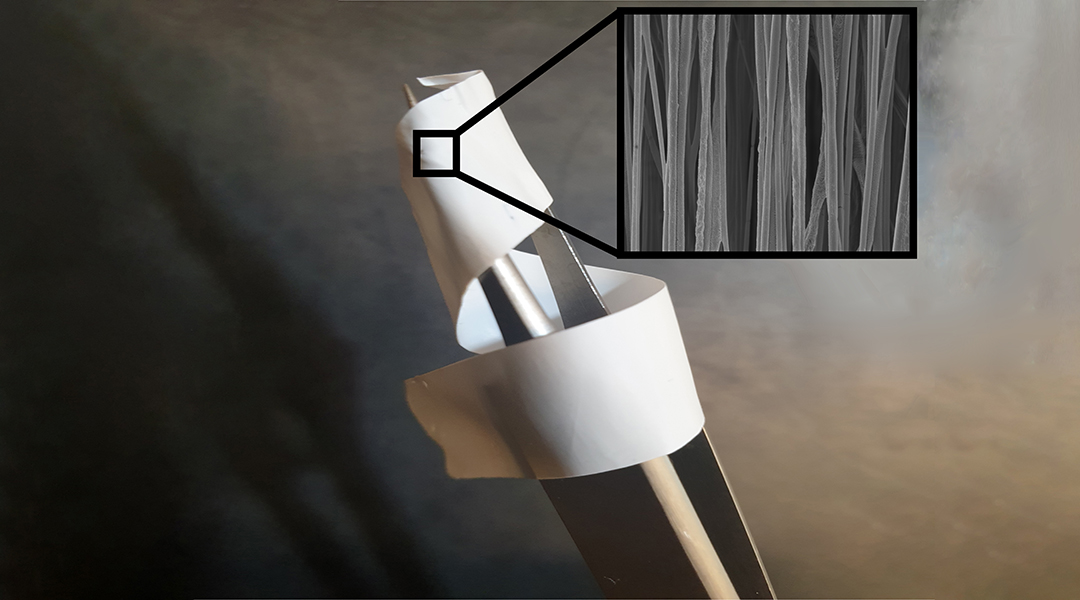
This implantable device acts as mechanical support for damaged tendons and mimics the bioelectrical cues usually provided by collagen during wound healing.

The strong adhesive nature of this artificial tissue combined with its ability to sustain the growth of new cells helps solve long-standing challenges with these types of grafts.
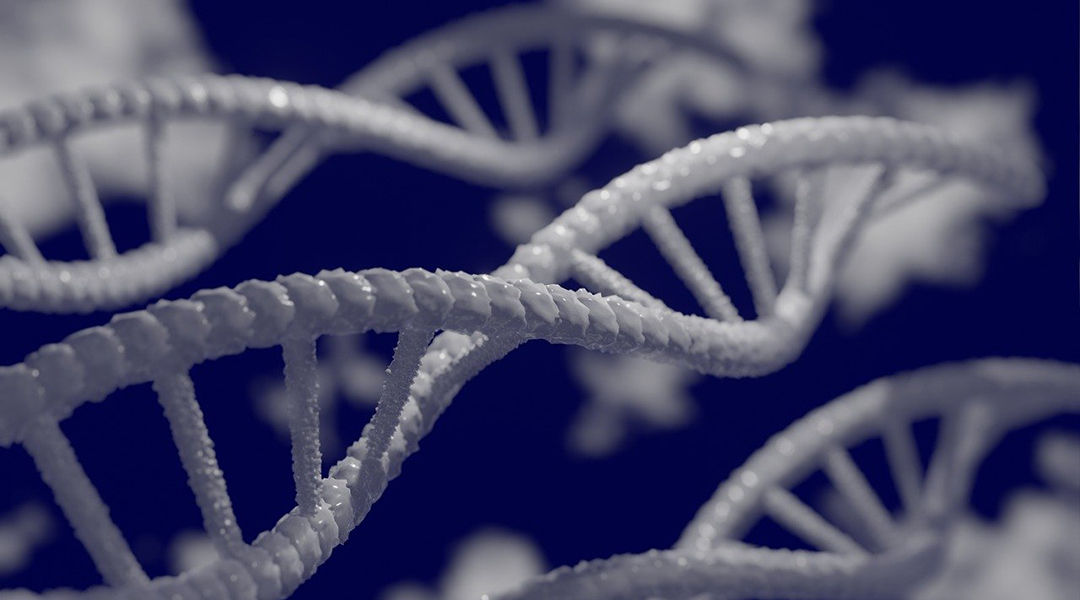
Fitting hydrogels with aptamer-based ligands can open doors for a range of new biomedical applications.
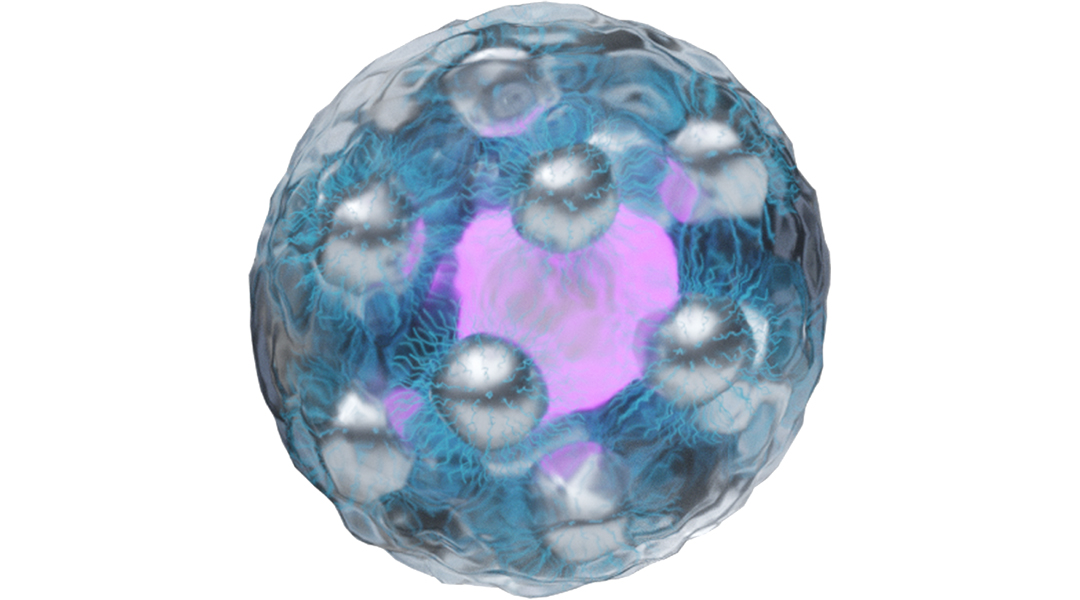
A minimally invasive method holds promise for the treatment of neurological disorders and injury.
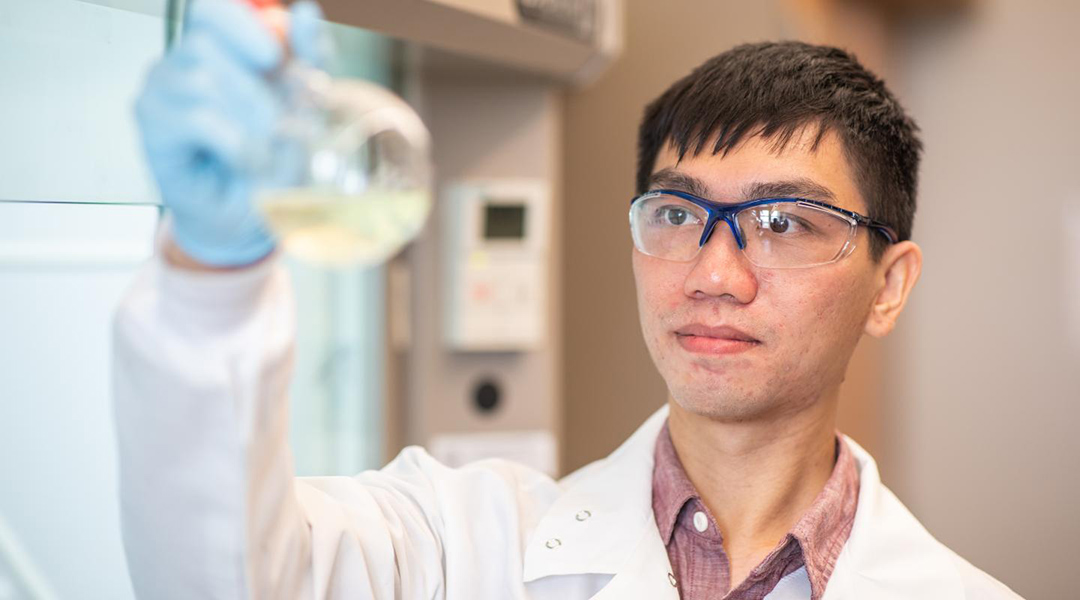
A new class of hydrogels leverage light for better drug delivery and regenerative medicine treatment.